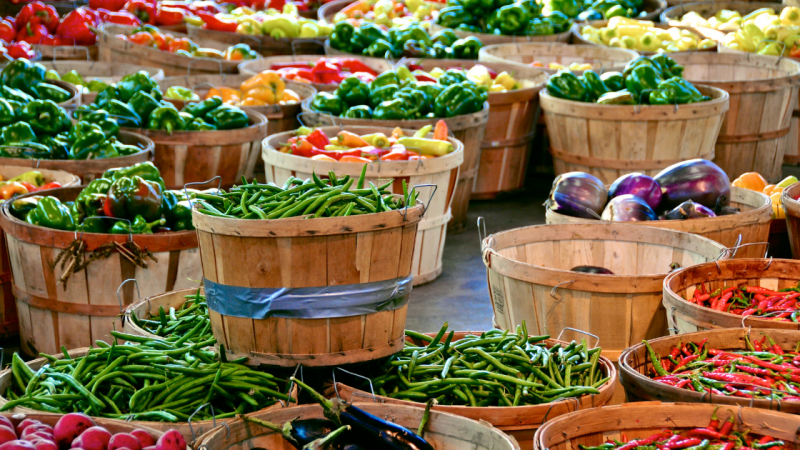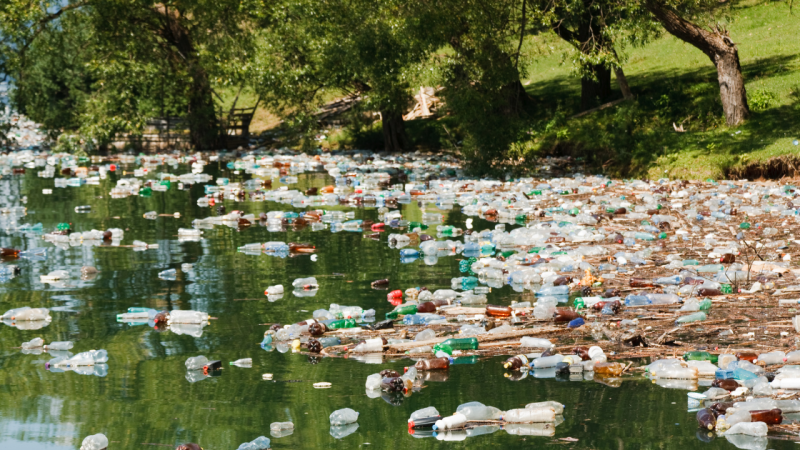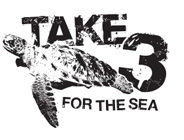1. TRASH TSUNAMI WASHES ASHORE IN HONDURAS
A “massive trash tsunami” has washed ashore in Honduras, turning crystal clear beaches to plastic eyesores.
The pollution that has plagued the shores of Omoa, a northern beach town in the Caribbean Sea, has reportedly travelled from Guatemala’s Motagua River, according to an official from Honduras’ environmental ministry.
“We are committed to cleaning our beaches and keeping them clean, but today we are demanding that authorities in Tegucigalpa take strong actions, actions to find a permanent solution to this problem,” said Lilian Rivera, an official from Honduras’ environment ministry, according to Yahoo News.
This is not the first time that Guatemala’s mismanaged waste has affected Honduras. In 2017, the Honduran government threatened a lawsuit over the pollution that was reaching the country’s beaches. This led to the instalment of a “bio-fence” which aimed to stop pollution from reaching the mouth of the Motagua River.
“When it’s full, you can practically walk on it,” said trash removal worker Marco Dubón to The Intercept.
“Big companies are putting out all these products that they know have no chance of being recycled and they are selling them in places with not a lot of access to landfills.” said Judith Enck, a former regional U.S. Environmental Protection Agency administrator and public policy professor at Bennington College, to Nation Of Change.

2. PLASTIC POLLUTION CAN BE REDUCED BY 80% USING CURRENT TECHNOLOGIES
A new study published in the journal Science found that plastic pollution can be reduced by 80% by 2040 using technologies currently available.
Researchers explained that if “plastic production and waste generation continue to grow at current rates, the annual mass of mismanaged waste has been projected to more than double by 2050”. They then modelled a scenario where effective interventions were put into place and found that by using current technologies, plastic pollution could be reduced by 80%. With additional investments towards innovations, plastic pollution could reach near-zero.
“To avoid a massive build-up of plastic in the environment, coordinated global action is urgently needed to reduce plastic consumption; increase rates of reuse, waste collection, and recycling; expand safe disposal systems; and accelerate innovation in the plastic value chain,” reads the study.
The Indonesian government has recently published plans based on the aforementioned study with aims to reduce the amount of plastic leakage into Indonesia’s oceans by 70% by 2025, then aims for near-zero plastic pollution by 2040. The Multistakeholder Action Plan was published by the Indonesia National Plastic Action Partnerships and is a collaboration between the Government of Indonesia and the World Economic Forum.

3. SCIENTISTS CREATE NEW SUPER-ENZYME TO BREAK DOWN PLASTIC
Scientists have created a super-enzyme which breaks down plastic six times faster than before, enabling potentially faster recycling of plastic.
The new super-enzyme is a combination of two different enzymes found in bacteria that was discovered in a Japanese waste site in 2016 and had naturally evolved the ability to eat plastic. Scientists combined the two enzymes found and have successfully accelerated the rate of plastic degradation by six times.
“When we linked the enzymes, rather unexpectedly, we got a dramatic increase in activity,” said Prof John McGeehan from the University of Portsmouth, UK, to The Guardian.
“This is a trajectory towards trying to make faster enzymes that are more industrially relevant. But it’s also one of those stories about learning from nature, and then bringing it into the lab.”
Scientists believe that if the new super-enzyme was to be combined with enzymes that break down cotton, mixed fabric clothing could also be recycled.
“Mixed fabrics [of polyester and cotton] are really tricky to recycle. We’ve been speaking to some of the big fashion companies that produce these textiles, because they’re really struggling at the moment,” said Prof McGeehan to The Guardian.

4. LEGO TO USE ECO-FRIENDLY PACKAGING
Lego has announced that it will stop using plastic packaging inside their box sets from 2021 in response to children’s requests.
Rather than using plastic to contain loose bricks in boxes, the Danish toy company has announced that from 2021 they will switch to eco-friendly paper packaging. The company has invested $400m in making its products and packaging more sustainable over the next three years.
“We have received many letters from children about the environment asking us to remove single-use plastic packaging,” said Niels B Christiansen, Lego CEO, according to Deutsche Welle.
“We have been exploring alternatives for some time and the passion and ideas from children inspired us to begin to make the change.”
The company has also stated that they are researching alternative materials to plastic for their bricks, including expanding the use of their “bio-bricks” made of sugar cane.
The company aims to have all-sustainable packaging by 2025.




